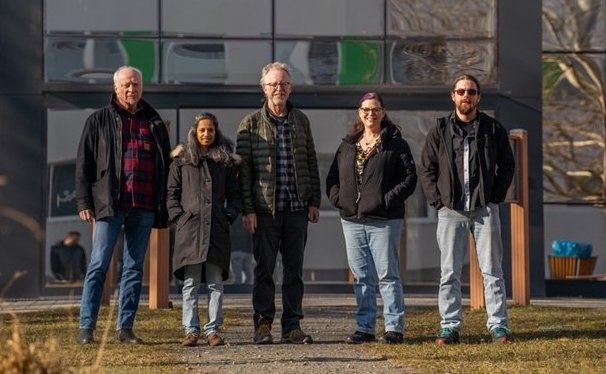
Forest entomologist, expert on forest biological invasions.
Forest Protection
Forest Entomology
Ecology and management of native and exotic forest insect pests
Forest entomology, invasion ecology, insect biodiversity, forest health
Anthropogenic effects on species interactions, using insects as a study system. Population regulation through trophic interactions.
Considerable variation exists among different regions in numbers of established non-native species. For example, many more European forest insects have invaded North America than North American species have invaded Europe. Here we seek to understand the reasons for these and other types of variation in rates of forest insect invasions among these world regions.
We test hypotheses that both native and non-native species richness of tree herbivores are related to tree species range area and that native and non-native insect herbivore richness are correlated. We will also consider other characteristics of tree species (e.g., growth characteristics) as correlates of native and non-native herbivore diversity.
We explore biogeographical patterns relative to invasions. Specifically, we study the diversity of both native and non-native insect herbivores that use different tree species in Europe and North America as hosts and explore the possible drivers of variation among tree species and among regions.
Project HIVE 101187384. Funded by the European Union. Views and opinions expressed are however those of the author(s) only and do not necessarily reflect those of the European Union or the European Research Executive Agency. Neither the European Union nor the granting authority can be held responsible for them.